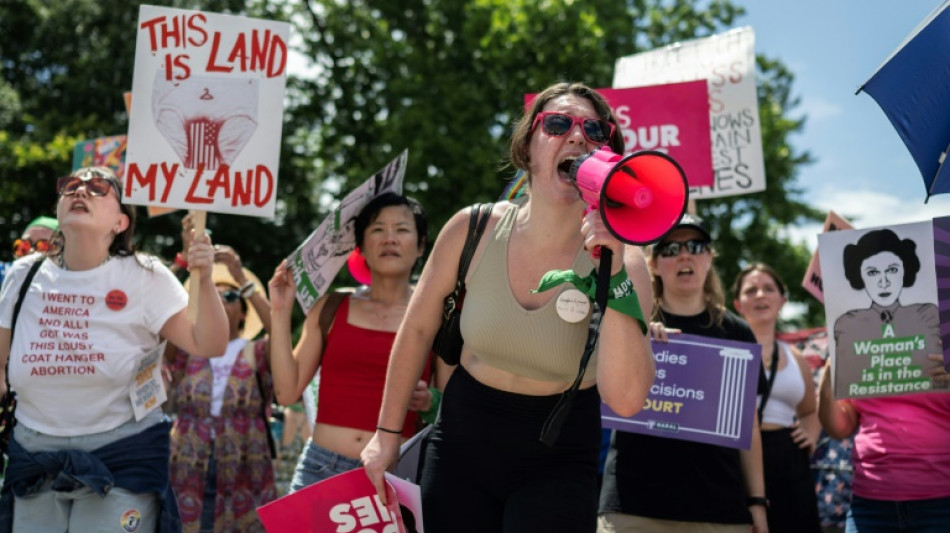
RBGPF
61.8400


Sterilization rates abruptly spiked after the national right to an abortion was overturned by the US Supreme Court in 2022, a study said Friday.
The research letter was published in JAMA Health Forum and was the first to evaluate how the landmark decision impacted "permanent contraception" procedures among young adults.
They found the jump was both higher and more sustained for women than for men.
"The major difference in patterns of these two procedures likely reflects the fact that young women are overwhelmingly responsible for preventing pregnancy and disproportionately experience the health, social and economic consequences of abortion bans," said lead author Jacqueline Ellison of University of Pittsburgh School of Public Health in a statement.
Sterilization procedures are far more complex and anywhere from two-to-six times more expensive in women than for men, the statement added. What's more, reversing female sterilization requires complex, invasive surgery, which is not the case for males.
The research pulled medical record data from large academic medical centers and affiliated clinics via the TriNetX platform. The study focused on the 18-30 age group as they are more likely to have abortions and also more likely to regret sterilizations.
The data revealed the rate of sterilizations was already inching up in the years prior to the June 2022 court decision.
But the ruling triggered an immediate spike among both sexes, with the magnitude of that jump more than double for women than for men.
After the initial shock, the rate of men getting vasectomies or "the snip," returned to the previous historic trend. But the new, higher rate of women getting tubal sterilizations continued to rise more rapidly than before the court decision.
A limitation of the study was that the TriNetX platform does not capture state or health care organization identifiers, the authors said.
"We were therefore unable to assess the potential outcomes of state abortion policy," they wrote, nor could they provide a breakdown of how policies impacted vulnerable groups such as racial minorities, immigrants and those on a low income.
C.M.Harper--TFWP